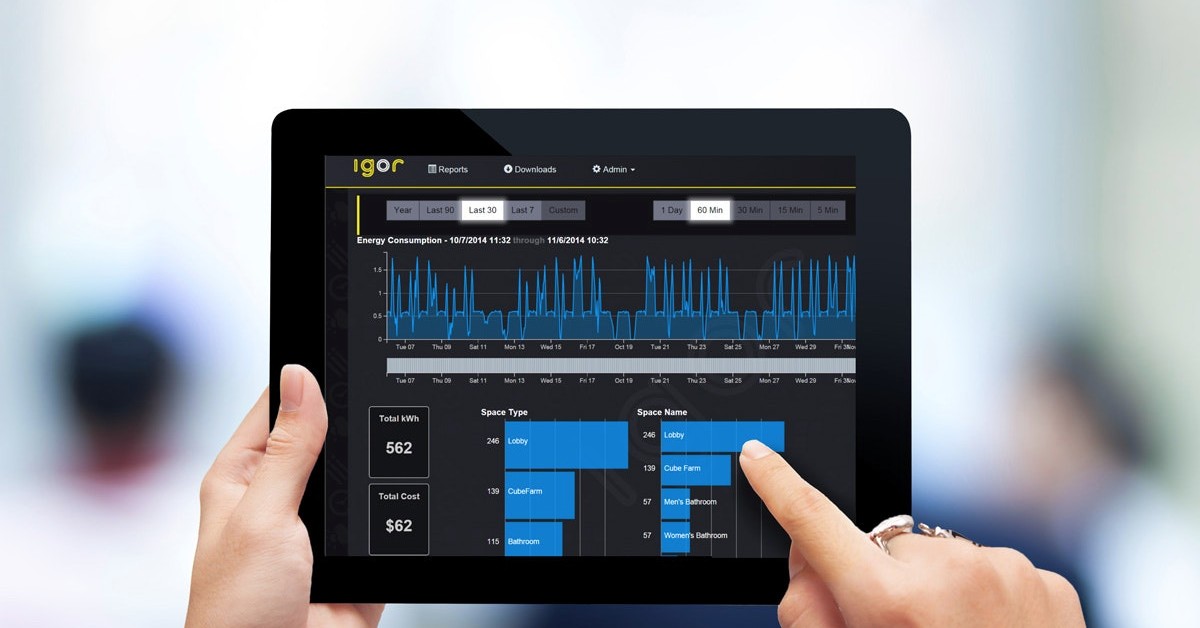
Predictive maintenance detects possible failures before they occur – letting you correct the problem to mitigate any potential downtime or failures during construction. The industry is using the latest in IoT (Internet of Things), fatigue-sensors, machine learning, and predictive analytics to understand how long our tools can last during critical portions of the construction process. Join us, Wednesday, April 21st at 10 am CT, as we learn from experts from Schneider Electric and Igor on the latest technology in the industry to prevent unplanned downtime and to better maintain building equipment.

General contractors must account for all risks on the construction site: worker safety, structural integrity, material quality, etc. There is another risk on every jobsite that often goes overlooked because it is not readily visible: unplanned equipment/tool/product failure. These unforeseen events can wreck a Project Manager’s schedule and bottleneck productivity as the crew awaits a service technician.
Even once the building is up and running, maintenance continues to be a priority. Failures in building maintenance for critical items can prove to be costly, detrimental, and deadly. If building components can be serviced with smarter data, buildings can better serve their tenants.
Become Proactive with Predictive Maintenance
More and more, the construction industry is taking a proactive approach to this issue with predictive maintenance. This involves taking smaller, proactive measures to predict and avoid machine/component failure. If you can fix it before it breaks, no jobsite productivity is lost.
Predictive Maintenance Benefits
In short, knowing before construction equipment or building components fail avoids unplanned downtimes and broken tools. On average, predictive maintenance increases jobsite productivity by 25%. Modern Predictive Maintenance uses information from sensors, equipment records, etc., and transmits them in real-time to send alerts via IoT so tools can be proactively maintained and fixed. This is an ecosystem – the information on the equipment’s physical health via fatigue sensors feeds into a data analytics program that leverages machine learning to better predict failures, optimize maintenance routines, and prevent cascaded effects one tool can have on a project when several workstreams depend on it.

Schneider Electric
Schneider Electric SE is a global leader in electrical equipment and provides innovative solutions to better serve buildings, construction jobsites, and more. When the power goes out in critical facilities, several risks emerge that need immediate solutions (i.e., patients at a hospital). By connecting electrical assets to the cloud and working with technical experts to analyze the data, condition-based monitoring can mitigate unscheduled downtime. Discussion led by Neil Ross, Director, Technical Strategy & Architecture.

Igor
Igor has created a unifying real-time plug-and-play IoT smart building platform that incorporates hardware, software, and cloud analytics to form the digital building “backbone” that delivers superior smart building network reliability, bandwidth, and security. This truly forward-looking IoT smart building technology seamlessly incorporates parameters necessary for building predictive maintenance. Discussion led by Dwight Stewart, Founder & CTO.
Learn More about Building Predictive Maintenance on April 21st, at 10 am CT


Discussion
Be the first to leave a comment.
You must be a member of the BuiltWorlds community to join the discussion.